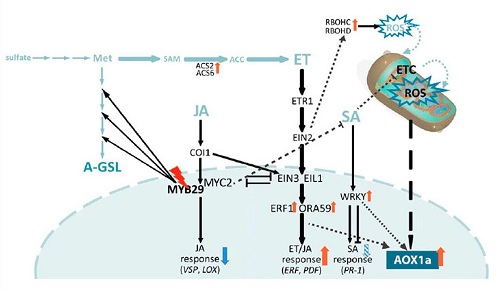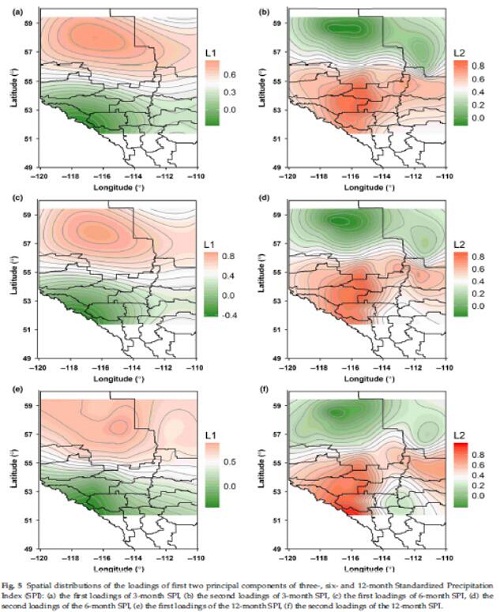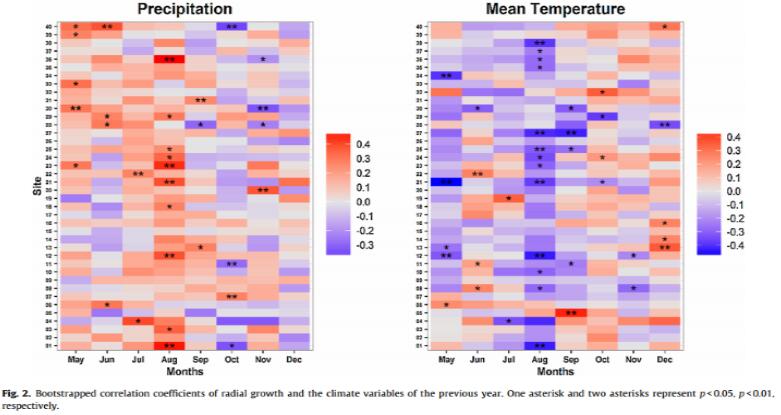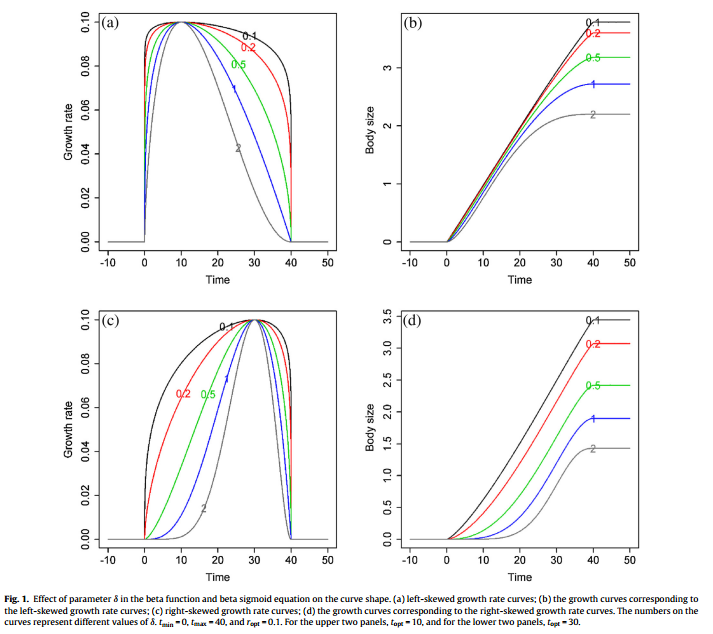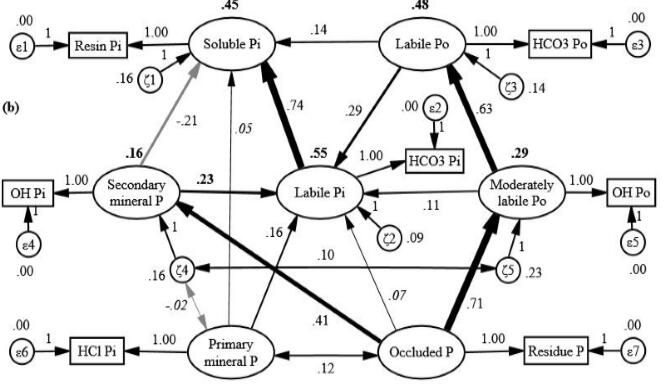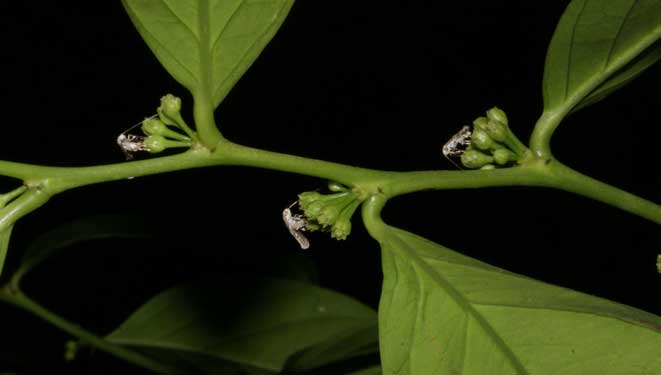News
-
2017-05-09The transcription factor MYB29 is a regulator of ALTERNATIVE OXIDASE1aPlants sense and integrate a variety of signals from the environment through different interacting signal transduction pathwaysthat involve hormones and signaling molecules .Despite an enhanced induction ofmitochondrial stress response genes , rao7 / myb29 mutants displayed an increased sensitivity to combined moderate light and drought stress .... Plants sense and integrate a variety of signals from the environment through different interacting signal transduction pathwaysthat involve hormones and signaling molecules. Using ALTERNATIVE OXIDASE1a (AOX1a) gene expression as a model system of retrograde or stress signaling between mitochondria and the nucleus.Read More
Dr. Zhang Xinhua, as a visi... -
2017-04-28Drought causes reduced growth of trembling aspen in western CanadaAdequate and advanced knowledge of the response of forest ecosystem to temperature-induced drought is critical for a comprehensive understanding of the impact of global climate change on forest ecosystem structure and function .They suggest that drought indices could be applied to monitoring the potential effects of increased drought stress on a... Adequate and advanced knowledge of the response of forest ecosystem to temperature-induced drought is critical for a comprehensive understanding of the impact of global climate change on forest ecosystem structure and function. Recent massive decline in aspen-dominated forests and an increased aspen mortality in boreal forests have been found as...Read More
-
2017-04-11Drought explains variation in the radial growth of white spruce in western CanadaMany studies have already addressed the existence of unstable and nonlinear relationships between radial growth of white spruce ( Picea glauca ) and climate variables in boreal forests along the high latitudes ( > 60 ° ? N ) .The linear statistical methods indicated that the previous summer temperature imposed a strong negative impact on the r... Many studies have already addressed the existence of unstable and nonlinear relationships between radial growth of white spruce (Picea glauca) and climate variables in boreal forests along the high latitudes (>60°?N). However, along the mid-latitudes, the climate-growth relationship is still poorly understood.Read More
In a recently published study... -
2017-04-01Comparison of two ontogenetic growth equations for animals and plantsOntogenetic growth reflects the changes of biomass , height ( or body length ) of a biological organism as a function of time .They obtained the growth equations by integrating two time-dependent growth equations which were obtained by replacing temperature with time in two non-linear mathematical models that describe the temperature-dependent d... Ontogenetic growth reflects the changes of biomass, height (or body length) of a biological organism as a function of time. Many growth equations have been built but few can accurately predict the ending time of growth.Read More
Professor Huang Jianguo (correspondence, Forest Ecology and Simulation Research Group, South China Botanical Garden, Chines... -
2017-02-22Phosphorus Fraction, Transformation and Regulation in Forested SoilsAssessing nutrient availability for ecosystem gross primary productivity of global forests especially complex diversified tropical and subtropical forests is a fundamental and crucial work .And soil P cycling remained active and even more efficient in the late successional old-growth forests than in the earlier pioneers because of remarkably hig... Assessing nutrient availability for ecosystem gross primary productivity of global forests especially complex diversified tropical and subtropical forests is a fundamental and crucial work. Analyses from forest succession showed that soil microorganisms and specific chemical processes may coordinate closely to maintain high levels of available o...Read More
-
2017-02-17The Moth That Plays Cupid: A Species Of Moth Spends Nearly Its Entire Life Cycle Inside Its Tree Host, Emerging Only To Assure Its ReproductionIn a study appearing in The American Naturalist .Scientists in China and the United States report the discovery of a symbiotic relationship between a tropical tree and a tiny moth which is one of the most intricately interconnected relationships between a plant and its pollinator ever described .Examining dried specimens of the leafflower tree G...Read More
In a study appearing in The American Naturalist, scientists in China and the United States report the discovery of a symbiotic relationship between a tropical tree and a tiny moth which is one of the most intricately interconnected relationships between a plant and its pollinator ever described.
Examining dried specimens of the leafflow... -
2017-01-24The Floral Development, Structure Of The Stamens And Staminodes In The Monoecious Pseuduvaria trimera (Annonaceae)Flowering plants exhibit spectacular sexual diversity .The formation of unisexual flowers is thought to promote outcrossing , prevent inbreeding depression , and enhance genetic variability .And the morphological and anatomical features of its mature stamens and staminodes were investigated by Yang and Xu . The data suggest that staminate flower...Read More
Flowering plants exhibit spectacular sexual diversity. The formation of unisexual flowers is thought to promote outcrossing, prevent inbreeding depression, and enhance genetic variability. The Annonaceae are one of the largest families of Magnoliales. The family comprises diverse unisexuality. The comparative development of staminate and pi... -
2017-01-24The Comparison Of Synandrium Structure And Development In Three Species From The MyristicaceaeTo clarify the origin of the synandrium , comparative development and anatomy of the synandria of M . fragrans , H . pandurifolia , and H . tetratepala were investigated by Yang and Xu . Three types of synandrium origin were observed : in M . fragrans .Anatomy of staminate flower buds in Horsfieldia pandurifolia during the meiotic stage of micro...Read More
Myristicaceae is classified in the Magnoliales, an order of basal angiosperms. The plants of this family are dioecious and the flowers are described as unisexual with a single perianth. The male flowers are characterized by the presence of a distinctive androecium composed of a sterile column, and longitudinally oriented anthers fused to th...
